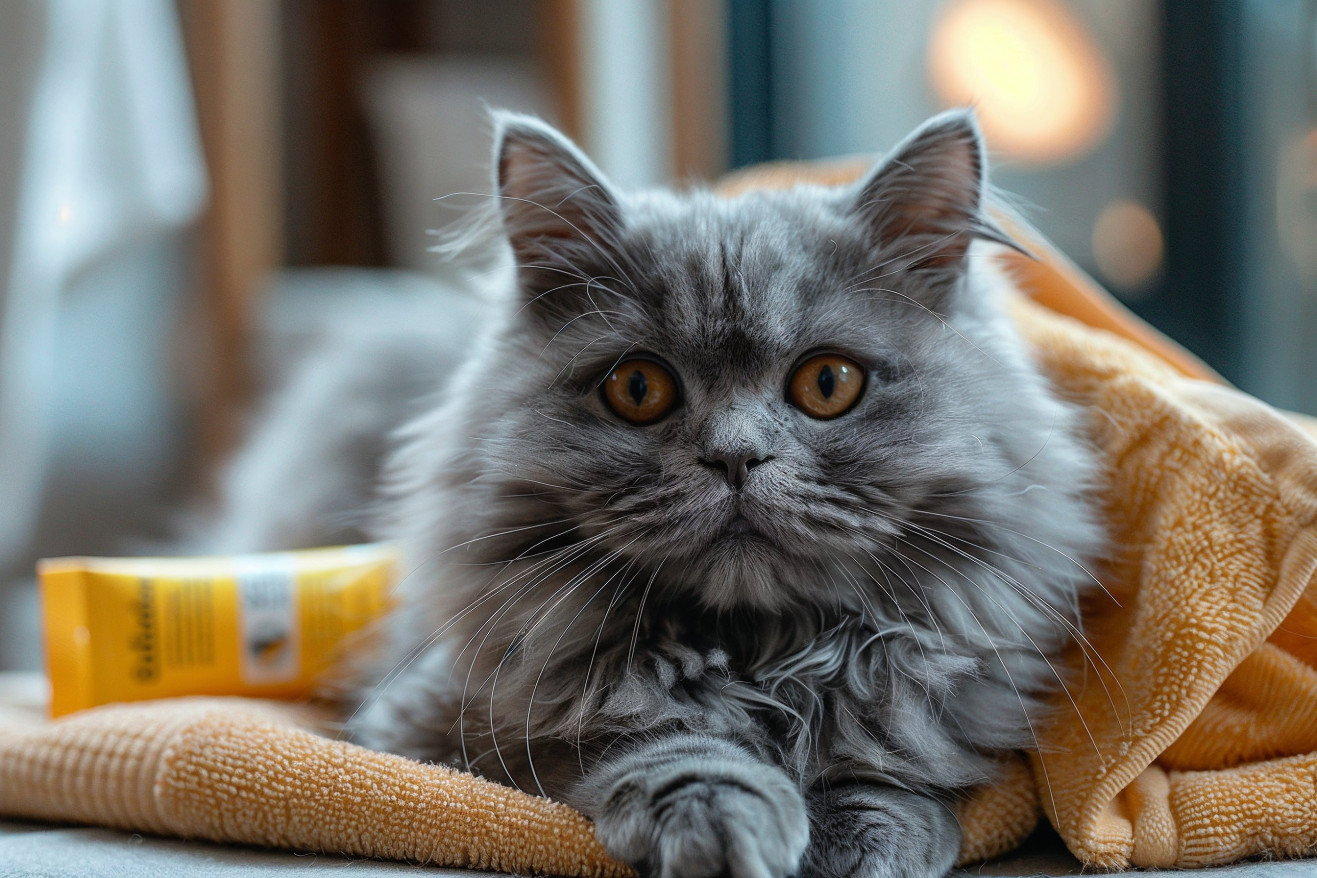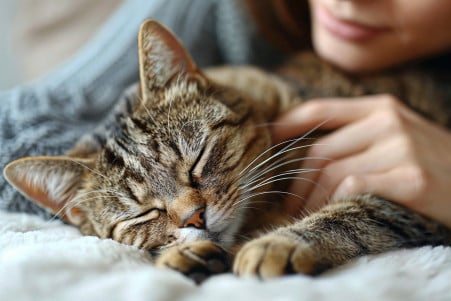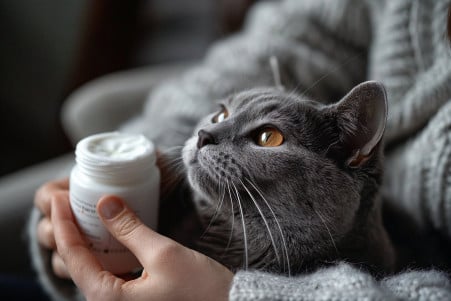Can You Put Neosporin on Cats? A Look at Antibiotic Ointments
11 April 2024 • Updated 11 April 2024

Cats are known for getting into all sorts of situations that can lead to cuts and scrapes, so it's no surprise that many cat owners have wondered whether or not they can use the popular antibiotic ointment Neosporin on their pets. While Neosporin can be effective at preventing infection in small wounds, it is not typically recommended for use on cats due to the fact that some of the ingredients are toxic if ingested after the cat licks the wound. Safer options include triple antibiotic ointments that are specifically formulated for use on animals.
To help you better understand this topic, we will review veterinary medical research and studies that have looked at the ingredients and potential uses of some of the most common antibiotic ointments, including Neosporin. This will help you better understand the risks and benefits, so you can make more informed decisions when it comes to treating your cat's wounds.
Can I use Neosporin on my cat?
Potential Dangers and Side Effects of Neosporin Poisoning in Cats
There are several dangers associated with Neosporin poisoning in cats. According to the Pet Poison Helpline, signs of Neosporin poisoning in cats include vomiting, diarrhea, loss of appetite, and potential damage to red blood cells. Meanwhile, the neomycin antibiotic in Neosporin can cause allergic reactions, anaphylactic shock, and death if it is ingested by cats, says CatTime.
In addition, the Pet Poison Helpline warns that applying Neosporin to a cat's skin can cause irritation, redness, and make the area more inflamed. Furthermore, if a cat eats the tube of Neosporin, it can cause a gastrointestinal blockage, which is a medical emergency.
If a cat has been exposed to or ingested Neosporin, it's important for pet parents to watch for signs of poisoning and contact a veterinarian right away. This is because Neosporin poisoning can be extremely harmful to cats. It's also a good idea for pet parents to remember that even if a wound seems small and harmless, using products that haven't been approved for use in cats can have serious consequences. This underscores the importance of working with a vet to make sure that any wound is treated properly.
Veterinary-Approved Options for Cat Wound and Skin Treatment
Because Neosporin and other human antibiotic ointments are not safe for cats, veterinarians recommend reaching out to them for a proper diagnosis and prescription of safe, cat-friendly medications. According to MetLife Pet Insurance, some of the antibiotic ointments that may be prescribed for eye infections or other localized issues include Terramycin and Vetropolycin.
For skin infections or inflammation that are more widespread, Animal Eye Guys Vets explains that treatment may include oral antibiotics like azithromycin, and topical corticosteroid ointments to help with the underlying issue and the irritation. Shampoos that include chlorhexidine, miconazole, or lime sulfur dips can also be helpful for fungal skin infections like dermatophytosis.
In some instances, NHV Natural Pet explains that natural options that include herbs, essential oils, or other ingredients may be prescribed by veterinarians for minor wounds or skin irritation. The most important thing is to make sure you're working with your cat's vet to find the right and safe treatment for any skin problems.
How to Clean and Care for Cat Wounds at Home
For small cuts and scrapes, pet parents can gently clean the wound with warm water and a mild antiseptic solution, according to PetCareRx. It's important to steer clear of harsh chemicals like hydrogen peroxide or alcohol, which can damage tissue and slow down the healing process, says Cats.com.
To stop any bleeding, apply gentle pressure with a clean cloth or gauze, says BetterVet. Pet parents should keep a close eye on the wound for any signs of infection, including swelling, redness, pus, or a foul smell, and take their cat to the vet immediately if they notice any of these symptoms, according to Hill's Pet.
Pet parents should not put any ointments, creams, or bandages on their cat's wounds unless their vet tells them to do so, according to Catster. While it's important to make sure that wounds are properly cared for and monitored, pet parents should get professional medical help for more severe wounds or signs of infection.
Common Skin Conditions in Cats and How to Treat Them
Skin diseases are one of the most common health problems in cats, with up to 15% of cats being seen by a veterinarian for skin issues, according to the Cornell University College of Veterinary Medicine. The causes of skin diseases in cats are many and include everything from parasites to allergies, and the prevalence of different skin diseases in cats can vary by region.
Common signs of skin diseases in cats include pruritus (itchiness), erythema (redness), alopecia (hair loss), and skin lesions. The Merck Veterinary Manual explains that treatment depends on the underlying cause, and can include the use of flea control products, hypoallergenic diets, antibiotics, antifungal medications, and corticosteroids. One of the main goals of treating skin diseases in cats is to control inflammation and pruritus.
By learning about the common causes and clinical signs of skin diseases in cats, cat owners can partner with their veterinarians to ensure that their cats receive accurate diagnoses and effective treatments. This comprehensive approach can help to address the underlying causes of skin diseases and provide long-term relief for cats with skin that is irritated, inflamed, or infected.
Conclusion: How to Best Care for Your Cat
Neosporin and other human antibiotic ointments should not be used on cats due to potential risks and toxicity. For minor wounds or skin issues, consult a veterinarian for proper diagnosis and prescription of appropriate, cat-safe treatments.
At-home care for minor wounds should focus on gentle cleaning and monitoring for signs of infection. Seeking professional veterinary care is crucial for more severe wounds, infections, or persistent skin conditions in cats. By following veterinary guidance and avoiding unapproved products, cat owners can prioritize their pet's safety and well-being.


